Colina de Losa: when Art transcends reality
One of the most mysterious areas of that old, magical and labyrinthine Hispania is none other than a land located in the northern area of Burgos, which, bordering the communities of Cantabria, Vizcaya and Álava, receives the poetic name of Merindades. As its name suggests, the town of Colina belongs to a Merindad, that of Losa, which was of great importance to the medieval pilgrims, because in the church of San Pantaleón -one of those enigmatic medical saints of Christianity (1) - that for a long time time was related to the fantastic stories about the Holy Grail, because it kept a blister with blood of the saint, whose miraculous liquefaction announced times of peace and prosperity, or on the contrary, if not liquefied every July 27 - the date of martyrdom of the saint - wars and catastrophes.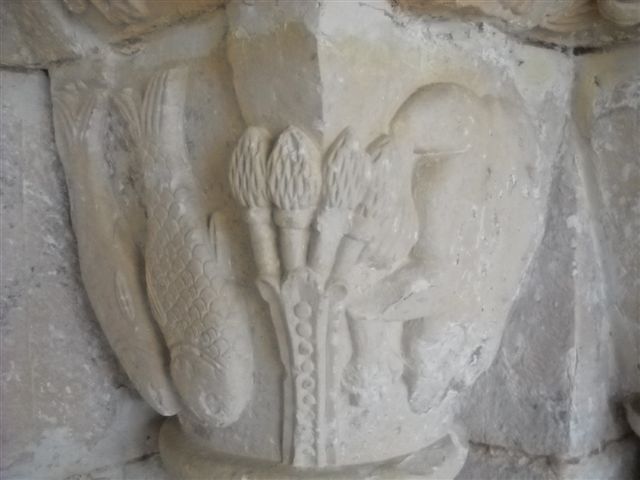
In fact, among its many legends, it is said that it did not liquefy in 1936, an infamous year for Spain, since it was the year that the bloody Civil War broke out. The church of San Pantaleón, became, in addition to the pilgrim, another species of Puente la Reina; in it, there were also several routes or paths: the one that joined Ampurias with Finisterre, crossing the whole Peninsula (the so-called Historical Trail) and the other, that descending through the port of the Shield, connected the main ports of the Cantabrian Sea with the Plateau Spanish They say that the ampule that was here, in the church of San Pantaleón, was donated by the Counts of Zúñiga to the Real Monasterio de la Encarnación in Madrid, as a dowry for the admission there of their daughter, Mrs. Aldonza. We should not be surprised, then, that with this background, the Merindad de Losa is a focus of enigmas and mysteries of the first magnitude.
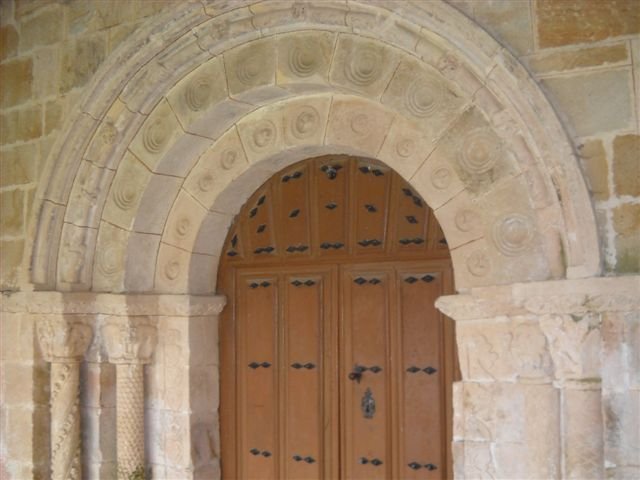
This connects us with that other great mystery added to the Romanesque church of Colina de Losa. Mystery, which is basically found in the strange artistic representations of its main cover and allow to speculate with incredible possibilities. Far from being impressed by the representative force of the siren playing an imaginary and fantastic symphony with his lute or violin -which could remind us, allegorically, the lust of King David, generally represented also with a similar instrument, when he ordered the assassination of his general Uriah for to be able to lie with his wife, Bathsheba, whom he ardently desired-the main piece of this authentic archetypal puzzle, which would have delighted CG Jung of having known him, is none other than an element undoubtedly strange and possibly unique in its kind: the figure of the ascetic.
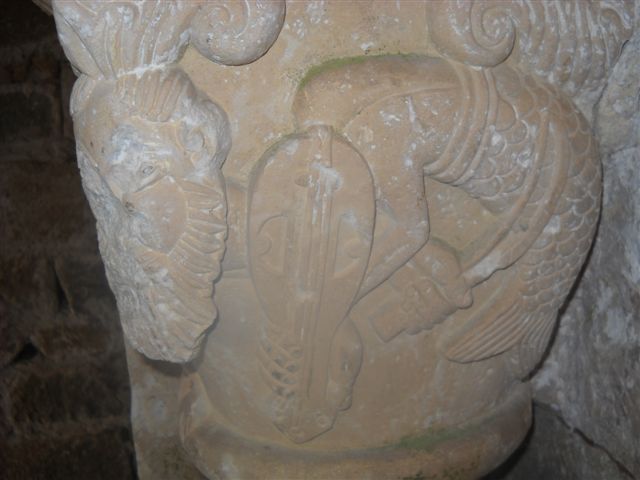
A figure, whose characteristics-his loincloths and the position of the lotus adopted-make us think, not precisely of the typical figure of the Christian hermit who may have alluded to, but of those other Hindu saints or ascetics, of whom observed, it does not differ in anything. Speculatively speaking, we could intuit a certain oriental connection, quite hypothetical-especially relationally speaking, because we are talking about a piece belonging to an early period, such as the twelfth century, where although India was not unknown, not so many travelers that they ventured to cross their borders and it would be paradoxical to suppose that among these, a stonemason could be found, like the anonymous one who left this singular enigma for posterity. It could be the case, too, that it was not a sanctum or a hermit, and perhaps the stonemason, from the old Vasconia - there are common elements with the Romanesque of Álava, such as the presence of asparagus. call attention to a warrior, perhaps Basque - of the same ones who ambushed the rear guard of Charlemagne, massacring the hero Roldán - praying to their gods before going into battle, offering us a note of certain paganism, the plants next to which represented and the feline head that emerges between them, although, even this interpretation seems even more doubtful than the previous one.
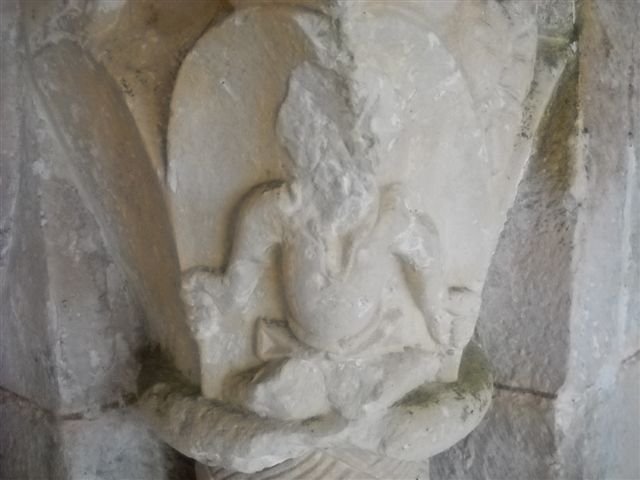
In short: as said that somber Shakespeare's Hamlet: There are more things in this world, Horacio, than we can see with the naked eye. And as far as Romanesque art is concerned, there is always something capable of bewilderment, about what, at least, let fly, if not the imagination, at least if the speculation.
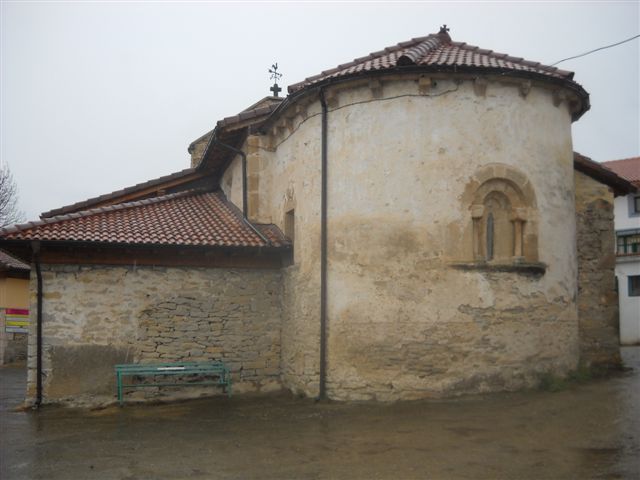
Notes:
(1) There is a magnificent oil painting in the Thyssen Museum in Madrid, attributed to the so-called Master of the Vision of St. John, active in Cologne around 1450/80, who represents it together with the twin saints and also doctors, Cosme and Damian.
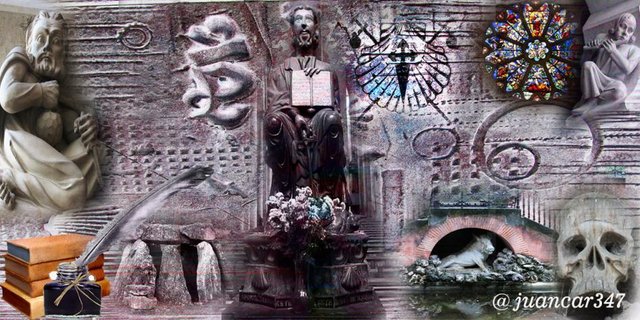
designed by: @txatxy

designed by: @txatxy / @talentclub